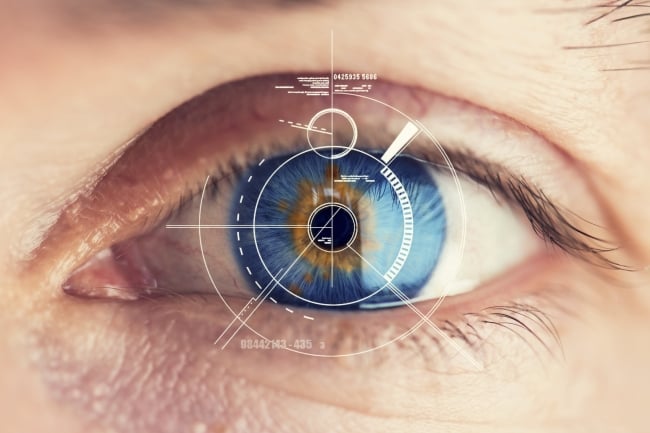You have /5 articles left.
Sign up for a free account or log in.

iStock
Many studies point to professors being more liberal than the rest of society, but little research says there is discrimination against students based on their political views. At the same time, anecdotes abound of students who believe that their professors are showing political bias -- even if other students in the same class disagree.
A new study (abstract available here) offers an explanation for the students' perceptions that doesn't necessarily suggest that the bias is real or entirely discount the perceptions, either.
The new study finds that students with certain characteristics -- a sense of entitlement and an orientation to focus on grades -- are much more likely than other students to perceive their instructors as being biased. The research, published in the journal Teaching in Higher Education, finds that the same results apply, whether the students or instructors lean to the right or the left.
The study was conducted by Darren L. Linvill, assistant professor of communication studies at Clemson University, and Will Grant, a lecturer in the Center for the Public Awareness of Science at the Australian National University. They conducted their study on 232 undergraduates, split between two institutions that are not named -- one in the United States and one in Australia. (The issue of alleged instructor political bias is much debated in Australia, as in the United States.)
The students took online surveys not only on their views of whether instructors were biased but also on questions designed to determine if they had what researchers classified as attitudes of "academic entitlement" (AE) and "grade orientation" (GO). Students were judged to have a high sense of academic entitlement if they responded positively to statements such as "It is the professor’s responsibility to make it easy for me to succeed" and "I am a product of my environment. Therefore, if I do poorly in class, it is not my fault." Students with high grade orientations placed a priority on high grades, not necessarily on learning. (While there is overlap between the two categories, they are defined separately and the overlap is not universal.)
The students -- both in the U.S. and Australia -- were significantly more likely to perceive instructors as biased if they had high scores for AE and GO. Further, those with high GO numbers also indicated they would change their behavior as a result, and either become silent about their opinions or pretend to share the views of their instructors whom they perceived to be biased.
In an interview, Linvill said that the findings do not suggest whether there is actually bias in classrooms, and that he does not rule out the possibility that there is some. Further, he said that he hoped faculty members wouldn't view the results as evidence that there's nothing they can do about perceptions of bias.
Like it or not, he said, more and more college students appear to have AE and GO. So if instructors want to avoid being perceived as biased, they need to think about how to reach such students. He said that the finding about students hiding their political views should be of particular concern -- even if the instructors aren't engaged in bias -- because it suggests students fear being honest in class.
The "underlying issue" in debates over instructors' alleged bias, Linvill said, "may be one of poor communication, not bias." While instructors can hope that society evolves so that students may have less entitlement and be less focused on grades, instructors can also try to reach students who have those qualities.
He wonders if enough professors talk about the qualities of a good college classroom, where there is lots of give and take and there may not be a single correct answer. "It may not be about liberal or conservative," he said. "It's about the importance of professors helping students be enculturated to higher education and to understand its purpose and to understand that education is fundamentally a two-way street."




